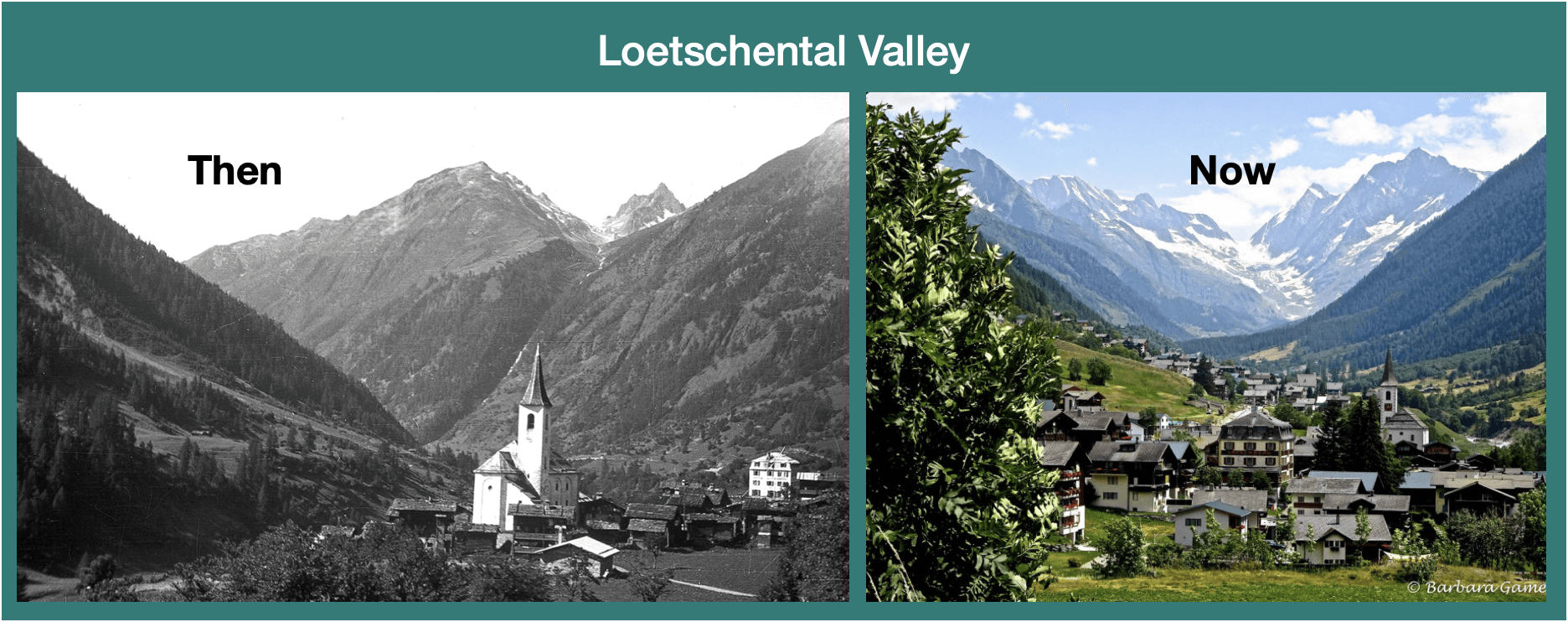
If you have not already done so, I suggest that you read Introduction of Dr. Price.
Let’s take a deeper look into one of the most fascinating parts of Dr. Weston A. Price’s research—the Swiss villagers of the Loetschental Valley, high in the Alps. These isolated mountain people had lived the same way for over a thousand years, following the ways of their ancestors and eating a traditional diet untouched by modern food processing.
As a historical note, the Loetschental region has long provided strong, capable men for the Vatican Swiss Guard, a tradition dating back to 1506 under Pope Julius II.
Dr. Price was stunned by what he found: less than 1% of these villagers had any tooth decay. None had crooked teeth, narrow faces, or impacted wisdom teeth. Their wide, well-formed faces and calm, joyful demeanor stood out. These features, Dr. Price noted, were signs of strong brain development, especially for the pituitary gland—a key player in our hormone and growth systems.
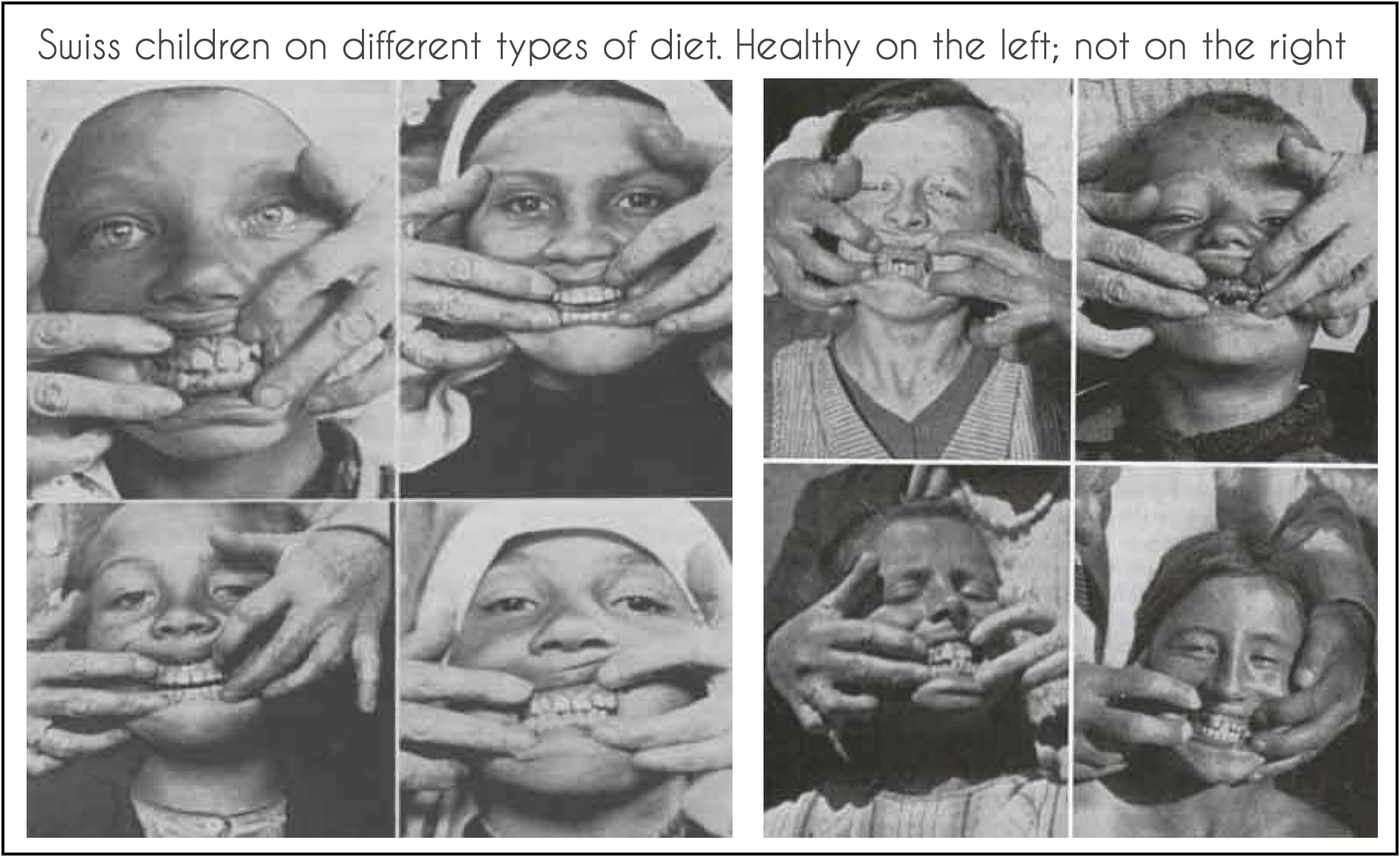
Even though I’ve seen this photo many times, I’m still struck by the serenity in the eyes of the girls on the left—especially when compared to those on the right. All the children are around the same age, yet the difference in their well-being is clear. The children on the left, nourished by their traditional, nutrient-dense foods, radiate peace and happiness—and no orthodontist needed! In contrast, those on the right, raised on modern processed foods, show the toll of poor nutrition. Dr. Price’s findings were startling: Swiss children eating traditional diets had only a 3.4% cavity rate, while those eating modern foods suffered an 80.5% rate. And sadly, since dentists at the time weren’t trained to use nutrition therapeutically, their only solutions were brushing and antibiotics.
So, what did they eat? Their meals centered on raw milk from cows and goats grazing on mineral-rich Alpine pastures, mineral-rich from the glacial snow melting every year. They enjoyed raw cheese, cream, and butter—especially butter made from the first grass of spring, which was so full of nutrients it glowed deep orange. They honored this butter with religious ceremonies, calling it a sacred food. This butter was several times as high in fat-soluble vitamins A and D as butter produced from stall fed cattle or cattle on poorer pasturage!

They ate bread, dense sourdough rye, made from locally raised, freshly ground whole grains. They ate all parts of the animals they raised—including organ meats and bone broth. Animal fats, especially from dairy, were plentiful in every meal. During the summer they included summer-grown greens.
To contrast, Dr. Price also visited nearby Swiss towns connected to roads and modern commerce. There, he saw the effects of modernized diets—white flour, sugar, jams, canned goods, skim milk, and vegetable oils. Tooth decay ran rampant. Faces were narrow, teeth crooked, and bone tuberculosis was common. In just one generation, the shift in diet had deeply harmed their health.
Dr. Price’s conclusion? “Much of this has been lost in modernization.”
He described these traditionally nourished people with powerful words:
- Physical excellence as the standard of normal
- Superb physical and mental development
- High endurance, strong moral character, and joyful dispositions
- Complete freedom from modern diseases like cancer, infertility, tooth decay, and mental illness
- Healthy children and elders, generation after generation, without doctors or drugs
The healthiest, most intelligent, and bravest communities Dr. Price found in his world-wide research were always those who ate the most animal products.
His study of the Swiss teaches us this: real, whole, traditional foods—especially rich in animal fats—protect and nourish the body. The absence of processed foods and toxins made all the difference.
We can take these lessons and bring them into our homes today. By feeding our families nutrient-dense, traditional foods, we can reclaim vitality, resilience, and joy—just like the villagers of Loetschental.
AFFILIATE DISCLAIMER: I’m a proud affiliate for some of these tools and products that are suggested on this page and throughout my site. If you click on a product and make a purchase, I may earn a small commission at no extra cost to you. My recommendations are based on knowledge and experience and I recommend them because they are genuinely useful, not because of the small commission I may receive |
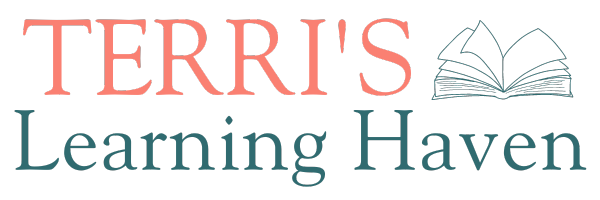




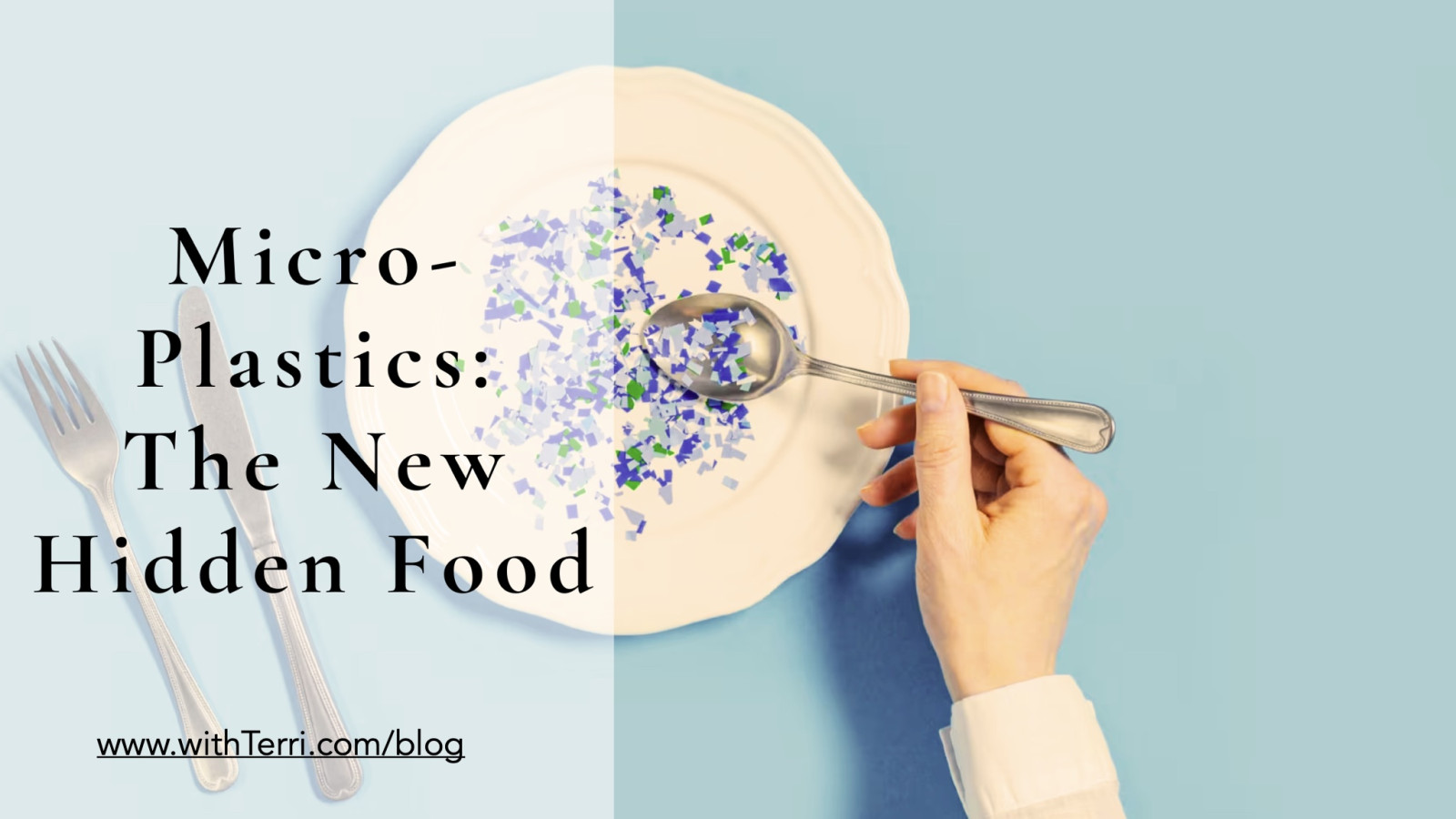




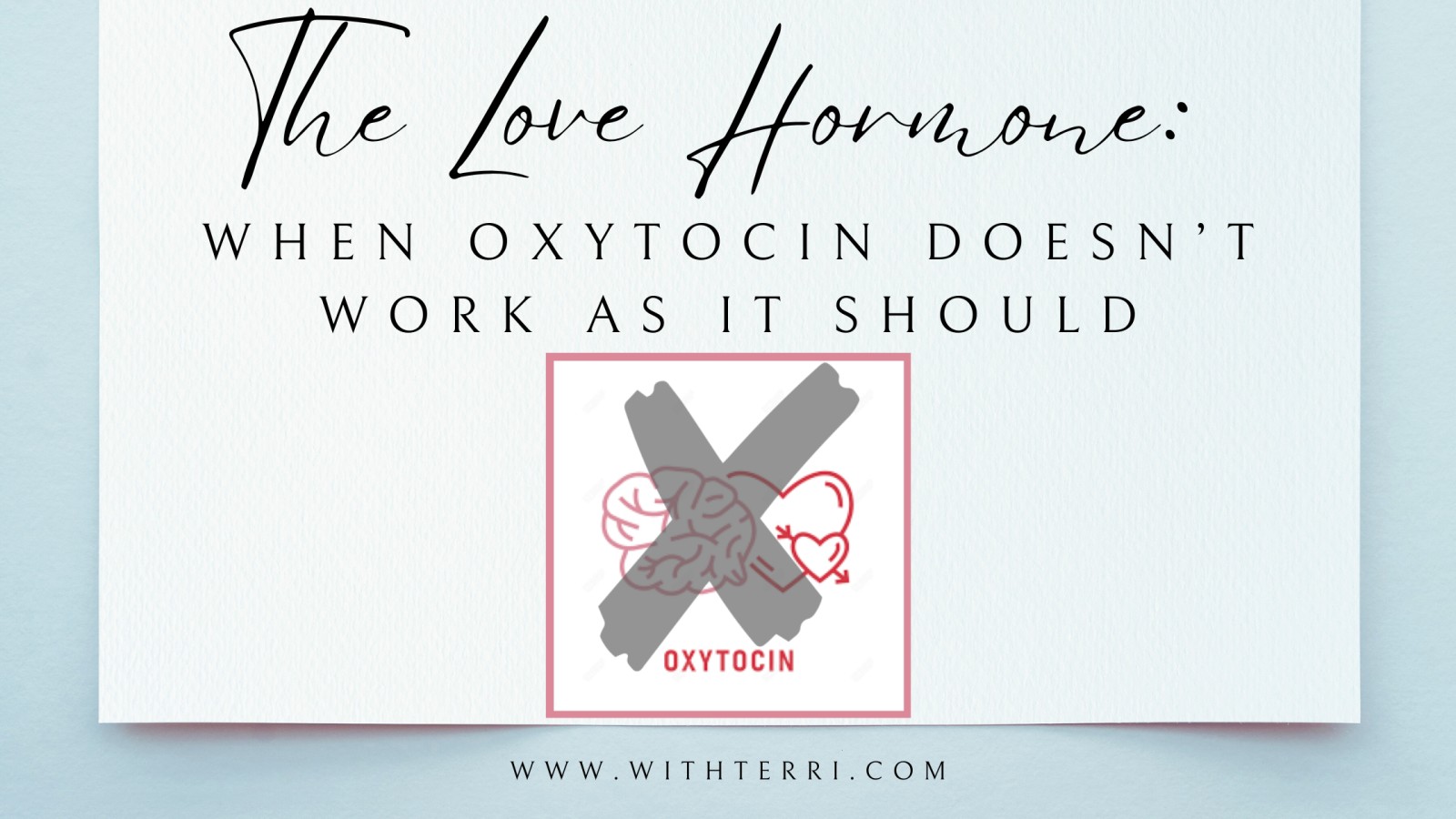
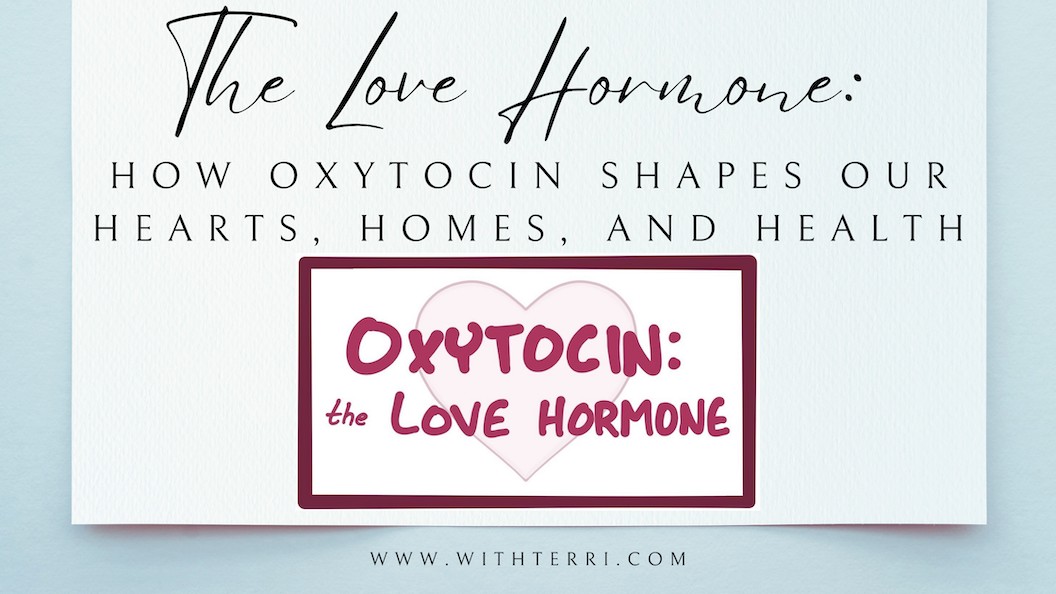
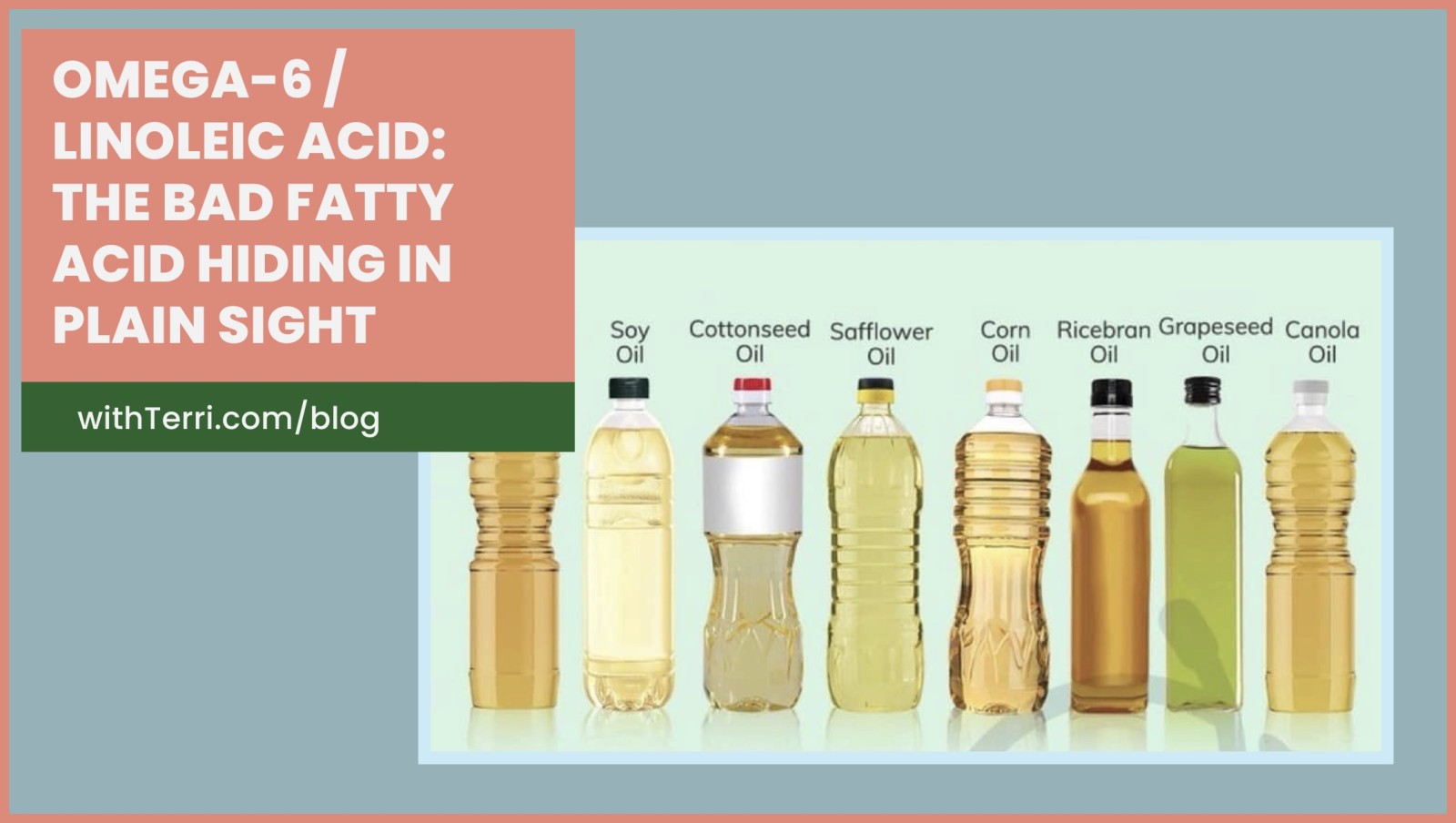

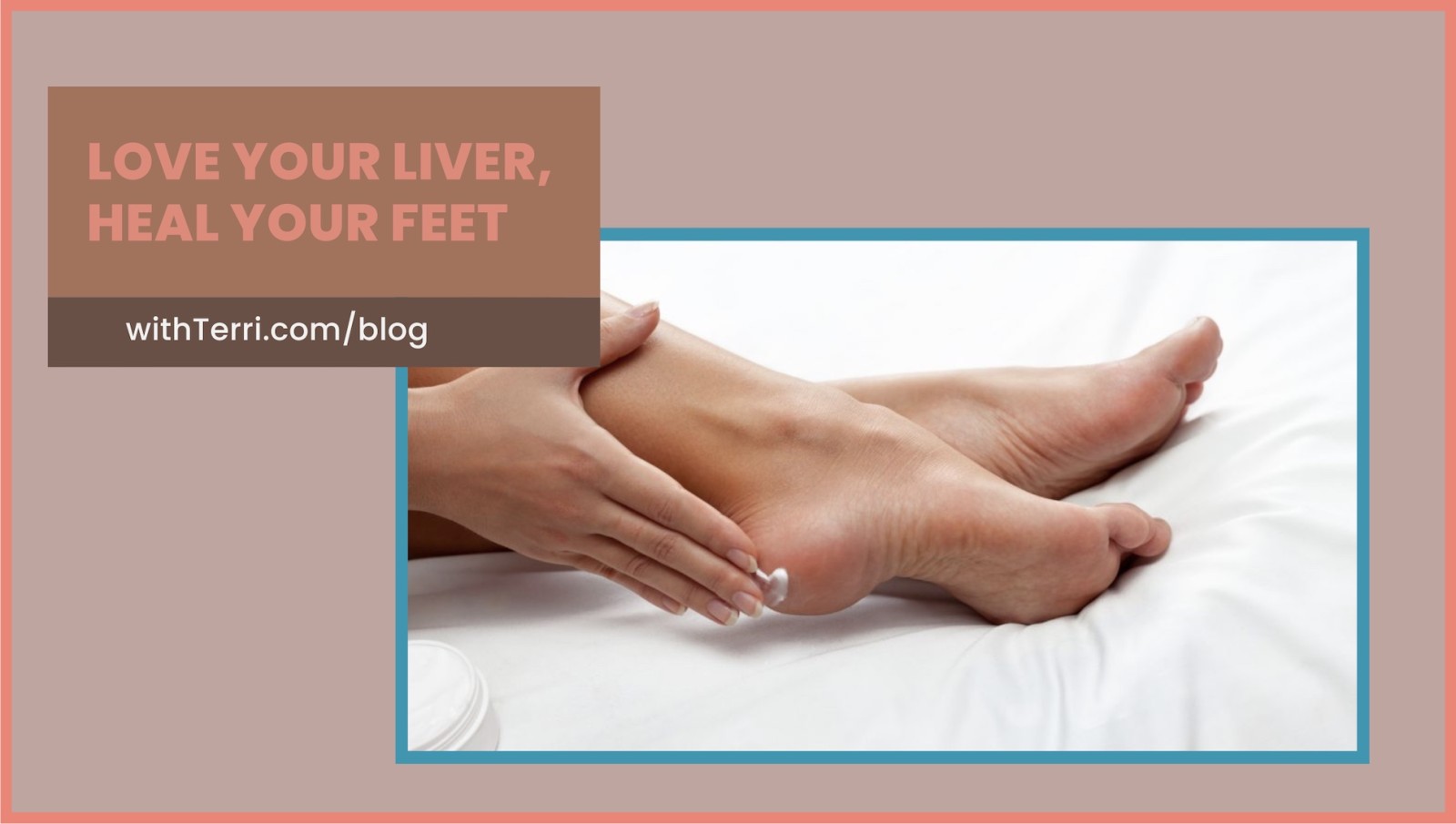
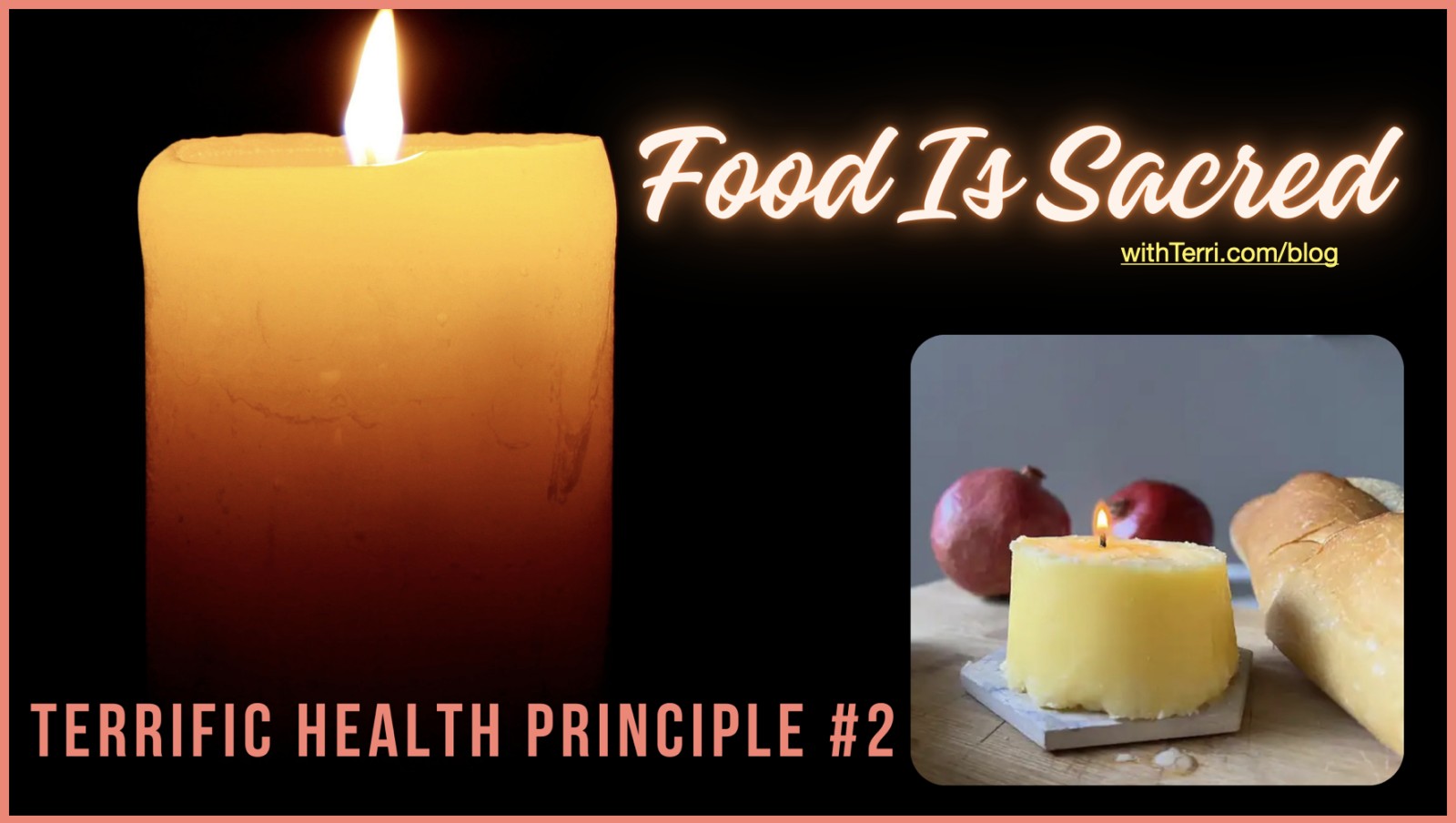
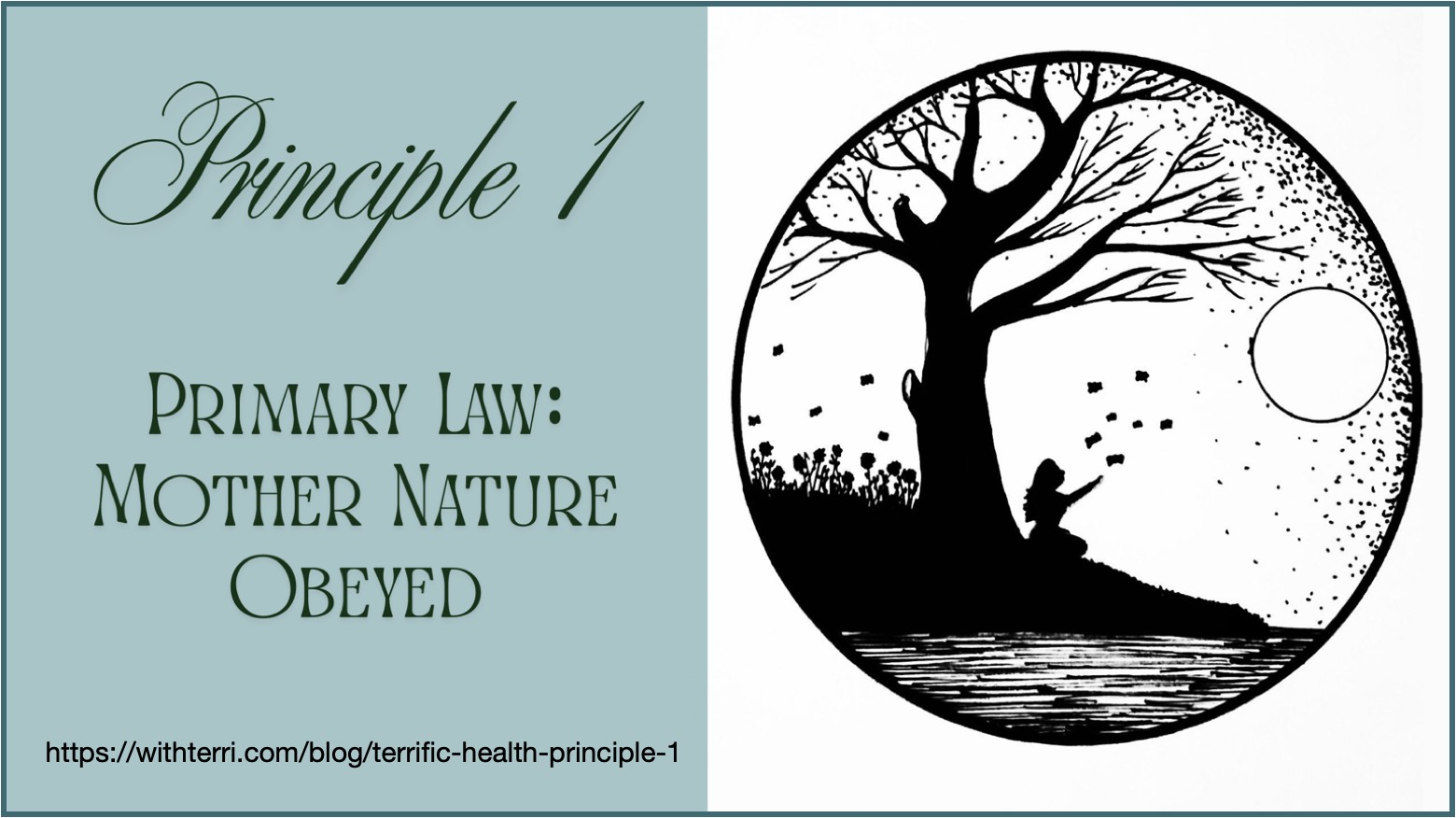



0 Comments